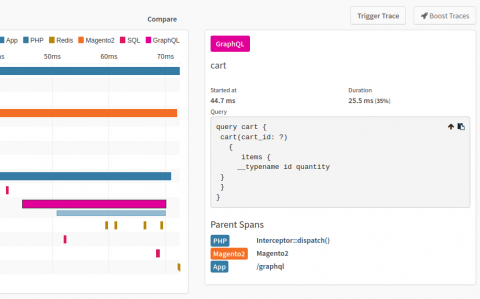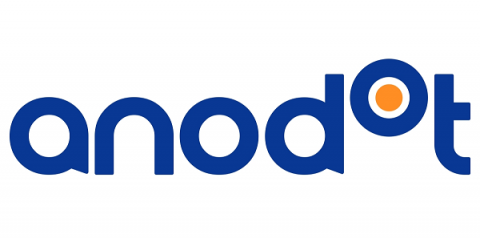Systems | Development | Analytics | API | Testing
%term
Kuma 0.4 Released With L7 Tracing + Grafana Dashboards!
We are happy to announce the release of Kuma 0.4! This is a major release focused on significantly better observability capabilities that also includes many new features and improvements across the board. This release also marks the 10th release of Kuma since September 2019!
How to Best Monitor GraphQL APIs
Since its release in 2015, GraphQL has become the alternative to REST. It gives frontend developers the flexibility they craved for so long. Over are the days of begging backend developers for one-purpose-endpoints. Now a query can define all the data that is needed and request it in one go, cutting latency down by quite a bit, at least in theory. With REST, things were entirely a bit simpler — especially monitoring.
New Feature: Support for GraphQL Queries in Timeline Profiler
We have just released the PHP Extension version 5.0.62 which includes a new feature, instrumentation for GraphQL queries made using the webonyx/graphql-php package, the most widespread GraphQL server package for PHP, for example by Magento 2.
3 Reasons Why Machine Learning Anomaly Detection is Critical for eCommerce
Do you still find yourself visually monitoring dashboards for anomalies? That leaves catching revenue-related issues to chance. It’s become humanly impossible to catch incidents on streaming data. This is why many eCommerce and data-driven companies have adopted automated anomaly detection.
Web Application Testing: A 6-Step Guide
Almost every business today runs online. The internet is one of the easiest avenues for businesses to reach users, and websites are a great way to impress your customers. So, when you’re building a web application for your business, it’s important that you make it the best version it can be. To make sure that your web application is good enough to impress customers and avoid any negative impact, you have to test your application and fix any issues.
Talend on Talend: How to use machine learning for your marketing database segmentation
In today’s business world, marketing segmentation is a must have for every organisation. It helps you process and aim different targets in a market into multiple customer or prospect segments to enhance your marketing actions. Through this discipline, you can hold a crucial competitive advantage over your competitors because you can adapt your offer and your communication according to the identified groups of personas you want to address.











